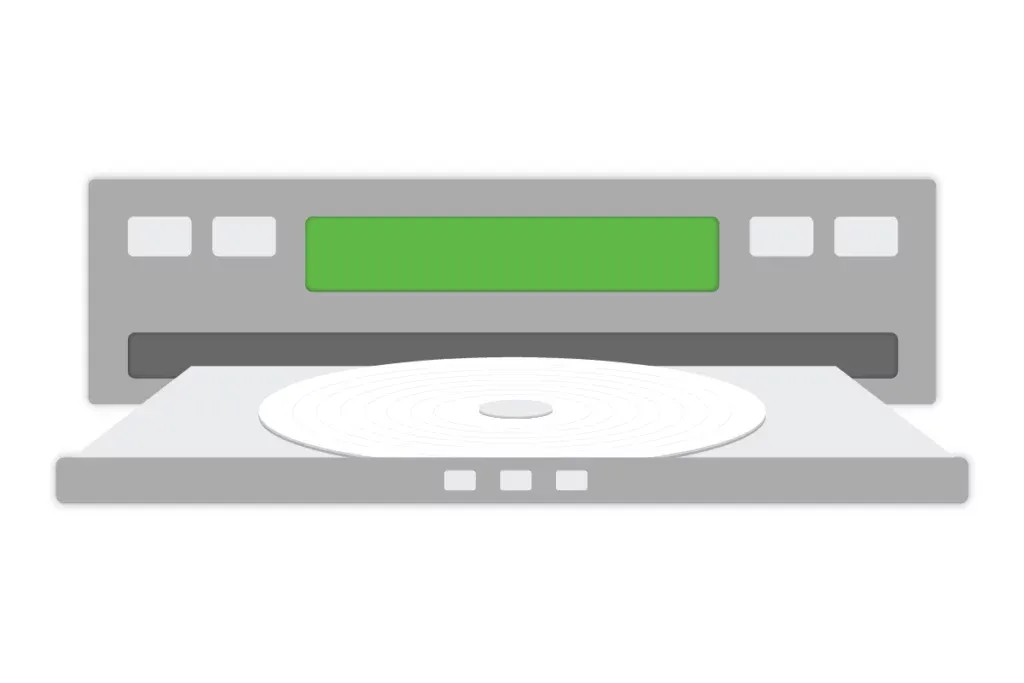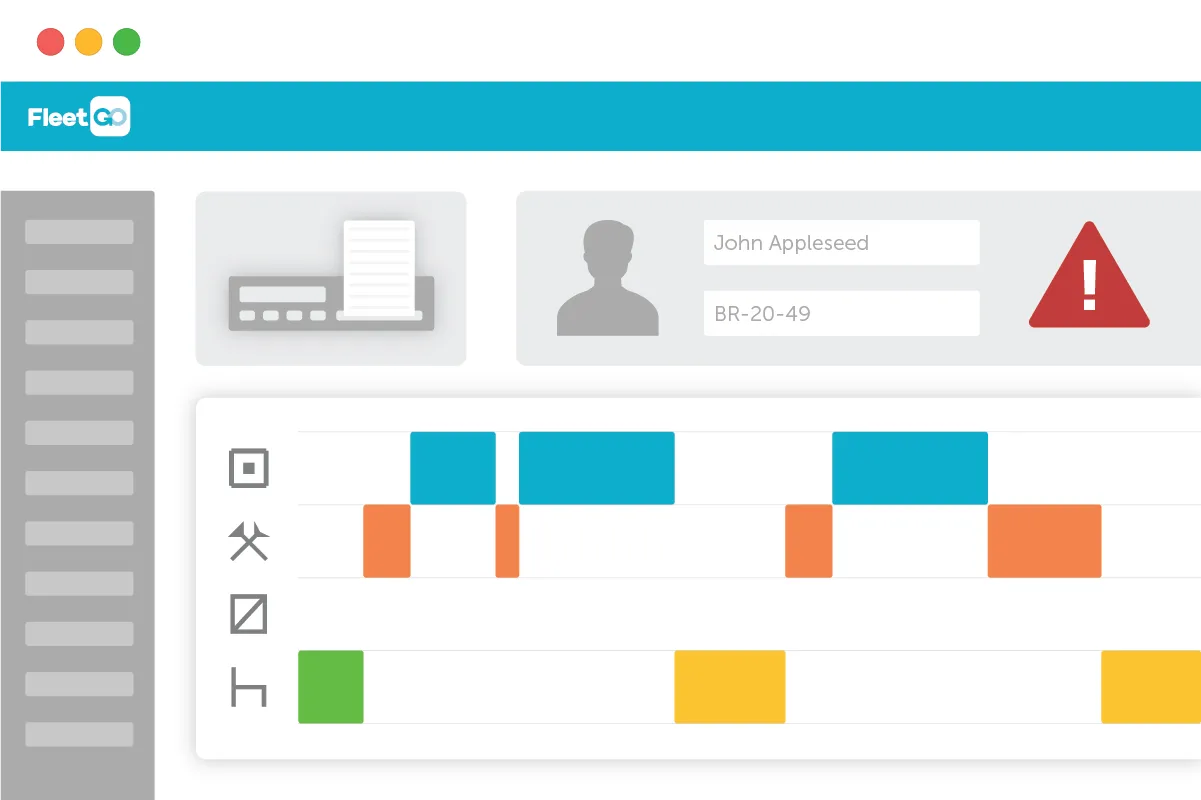Some older trucks and buses still use analogue tachographs to record driver information. A tachograph recording device is mandatory for trucks above 3.5 tonnes to record critical driver information. They are used to ensure compliance with the driving time, rest period rules and breaks. It also provides data on distance travelled and speed. Tachograph records must be available for inspection by law enforcement officers and can be useful for fleet managers in managing their operations.
What Is an Analogue Tachograph?
An analogue tachograph is a device that records driving information in trucks and vehicles. It uses three styluses that cut traces in a wax-coated chart or tacho. The marks on the tacho provide information about a driver’s speed, working activity and distance travel. The analogue tachograph chart also contains sections for manual entries, measuring your daily working period and rest period or recording work done outside the vehicle.

The analogue tachograph disc rotates gradually throughout the day, with the stylus marking the coated surfaces. One full rotation is completed in 24 hours, and the discs need to be changed when they have run their course. Otherwise, the disc will repeat marks over the initial trace. Besides, it is an infringement of the EU Regulations to use an analogue disc longer than it can accommodate. Vehicles registered before 2006 are fitted with analog tachograph discs since they were introduced in 1985 by the EU and were replaced with digital tachographs in May 2006.
Never risk any tachograph fines again!
Get started with analysing your tachograph files with the FleetGO all-in-one tacho solution. Never miss an infringement again!
Chances of getting invested are higher than ever!

How To Use an Analogue Tachograph
Unlike digital tachographs, analogue tachographs are easier to use and come in the form of a speedometer or car radio. The tachographs are associated with the gearbox and the speed sensor to record the speed and driving activities accurately. All information from the tachograph is available on the scoreboard, and a paper disk is inserted into the slots. If two drivers are using the truck, there is a separating cover for installing a second coated wax.
At the beginning of every shift, the driver manually fills in information before putting the paper into the machine. The driver has to manually write the details, including full name, date and time of card installation, the starting point of the route, mileage on the speedometer and vehicle’s licence plate.
After filling in the information, drivers select from the following work modes:
- Other work: It represents other work that doesn’t involve driving, like repair or loading and unloading goods.
- Availability: This mode shows a delay in production, and the driver is waiting for goods to be available for loading.
- Break/rest: It shows the ignition is off when the driver pulls in at motorway services for food or rest.
Once the vehicle resumes movement, the tachograph recognises the changes and automatically starts to record the miles and time. At the end of the day, the driver has to manually remove the tachograph and indicate the date and time of card extraction. They must also note the mileage travelled and the final destination of the route.
Analogue Tachograph Rules
A tachograph is a legal requirement for trucks and buses to record driver’s information. It also helps fleet managers track and monitor the drivers’ activities to ensure compliance with their hours. Drivers must return used tachograph charts for data recording.
When Must an Analogue Tachograph Be Recalibrated?
An analogue tachograph should be checked every two years. It should also be calibrated and sealed every six years at an approved service provider.
Conclusion
While digital tachographs are replacing analogue tachographs, older trucks still use analogue tachographs and fleet managers rely on the charts to record driver information. Analogue tachographs require calibration within a set time limit to maintain accuracy and reliability.
Sources:
Disclaimer
This content is provided for informational purposes only and is not meant to be an endorsement or representation by FleetGO.com or any other party. This information may contain inaccuracies or typographical errors, despite our efforts to ensure accuracy. FleetGO.com accepts no responsibility or liability for any errors or omissions, and is not responsible for the contents of any linked website or any link contained in a linked website. Please refer to our full disclaimer for more details.


